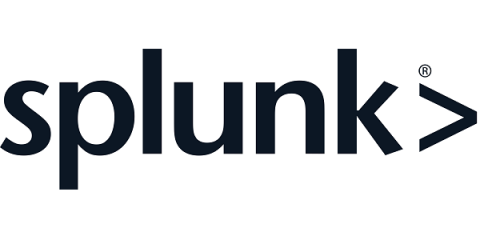Security Testing for Mobile Applications in 2024
Mobile devices at the workplace: this so-called trend is here to stay. In response, IT teams are recognizing their responsibility to develop a secure and high-performance operating environment for their mobile and remote workforce. Mobile-related security risks have increased to astronomical levels in the last year: All that to say: a true organizational security posture cannot ignore the mobile apps and devices that its employees and customers use.











